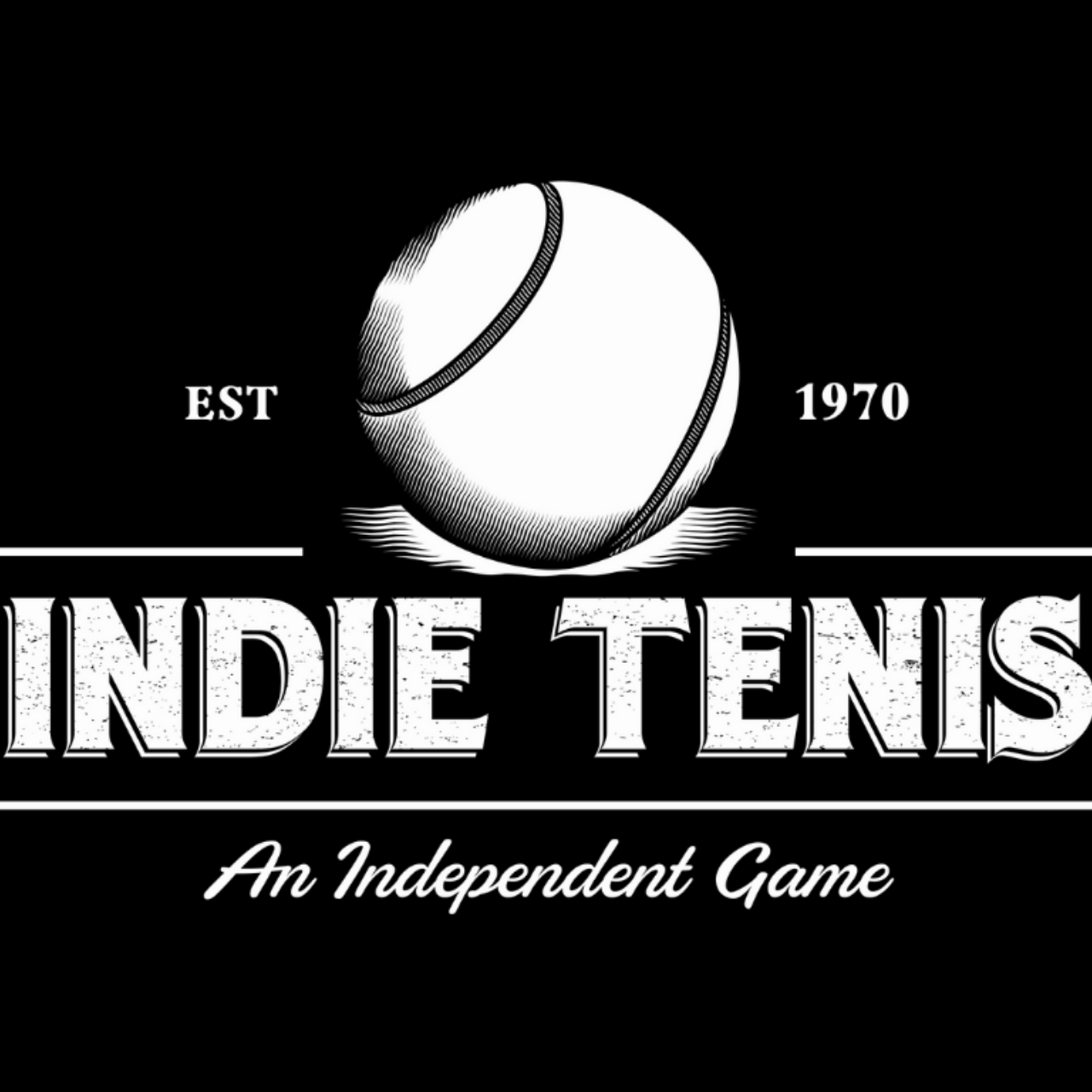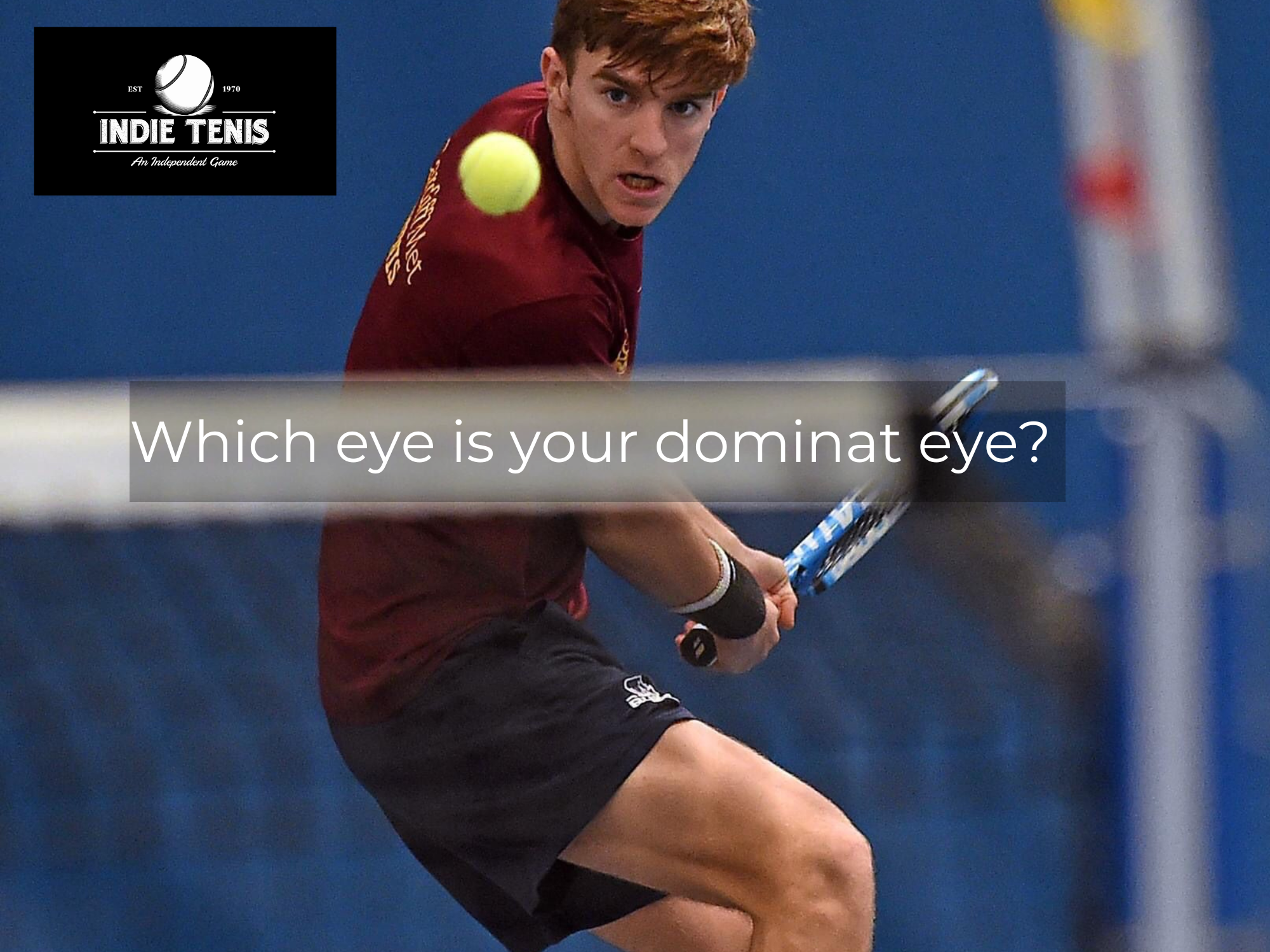Laterality in Tennis
Laterality is one of those heady topics that seems debateable across public forums. In regards to tennis it does have its benefits. Lon Shapiro, a well-versed Quora commentator + tennis professional asked the other day about Jofre Porta’s reference to laterality in tennis. Most of what Porta shares online is in Spanish but here’s something that may help players better understand it’s role in your own tennis game. First thing to know is Jofre credits Paul Dorochenko heavily for sharing his personal knowledge & expertise with him on the topic.
Laterality as a core concept gives importance to the different sides of your body and how you use them.
Pro Tip:
Find our adult tennis camps by level & destination for Summer 2023 here.
For juniors tennis camps look deeper here.
Laterality as a core concept gives importance to the different sides of your body and how you use them. In sport and tennis specifically there’s preference between right and left hand / right and left foot. Jofre Porta uses laterality a lot because the foot and hand are the obvious ones in a game like tennis. With that, there’s obviously an effect on footwork within tennis. For example, which of your dominant legs will affect your footwork and what you can do to prevent that. It’s all very nature / biomechanical, so something steeped in biology.
You have a prefered right and left hand. You have a preferred right & left foot. However you can make the other one slightly less non-dominant. For example, working closely with Rafa Nadal in his junior days, Jofre was a big part of changing Nadal’s hands. Nadal started out right-handed and as we all know, plays left-handed. It was Jofre who was the impetus of changing Rafa to left-hand and that’s what got Jofre on laterality.
Laterality: Which is your dominant eye?
However Jofre spoke about laterality a lot within our dominant eye. He believes a lot in the idea that we have a dominant eye & how this affects the brain as well. He believes that biomechanically, biologically we have a dominant eye and that eye shows which side of our brain is dominant too. So if our left eye is dominant than our right side of the brain is dominant. And if our right eye is dominant than our left side is dominant.
Relating laterality to the eyes
Technique.
For example, when you hit a forehand how quickly do you turn your head. You can see how Roger Federer stays a long time looking at where the contact point is before he brings his head up. Whereas other players hitting a forehand will turn their head as they’re hitting the ball at the same time. Jofre attributes this to which eye is dominant and the need to fix this because if you’re right-eye for example and you hit a forehand and you turn too quickly, you’ll lose power. Jofre speaks about how to fix it! Even though it’s a natural preference to see the ball with that eye. In order to correct it, you have to force it in a different way.
All the technique stuff (footwork, etc.) Jofre links to laterality.
Tactically & mentally
Jofre believed you have a dominant side of the brain, which doesn’t mean that the other is useless but there’s 1 that takes over mostly. So one side you’d be driven towards creative thinking and creative learning. You like seeing drawings etc. And the other side is mathematical. So you’d be more logical, less emotional, more numbers based. He feels nature has a big impact on the way individuals learn.
It’s a very biological very nature based theory related to sports because we all have preferences in terms of the side of the body we use & how you can take this into consideration around your own technique. Jofre also believes it affects the way people learn and view things. So if you’re on court, what types of things you may be thinking about, etc. Porta knows a lot about biology. From an educational point of view, his side of technique makes sense and is reliable. From a psychology perspective, it could be debateable.
How to find your dominant eye
How to find your dominant eye
Taking this heady topic a step further, I caught up with one of Jofre’s long time performance players who trained with Jofre at Global Tennis Team from age 13 to 17. Evan Kennedy, now a college player & supporting coach at Cardiff Metropolitan in the UK talks about how laterality benefited his game. And now, his own teammates.
Evan insists from a player perspective that laterality’s a way to explain the topic to his own players around their own technique. Evan applies laterality to certain players at University but keeps the theory light so they don’t over think it. Explaining to his players that it’s simply why they do what they do and then he helps the player force the correction.
Roger Federer was cross-eyed. It would be normal to apply the eye on his forehand. But on his backhand he also keeps his head focused on the point of contact after the shot, which is clearly him forcing himself not to turn his head too quickly because he’s left-eyed. Because if he hits a backhand & he’s left-eyed what would normally happen is that he’d turn his head too quickly. Roger’s clearly forced himself out of that, and that’s the point Jofre Porta makes technically.
With technique you don’t play around with the fact that you’re right or left-eye dominant. You try to use it to your advantage in certain areas but also make it non-important in others. So instead of saying, “you’re right-eyed, so hit closed stance it’s better to say that regardless what eye you are, we’re going to play all the shots relevant to the match or point situation and we’ll practice those that are difficult for you because of your dominant eye more than those that aren’t as difficult for example.
Closed stance could be easier if you’re cross-eyed. Meaning, if you’re a right handed player & you’re playing a forehand - your left eye is dominant and closed stance would be the best situation and vice versa for open stance.
Either way, if this starts to influence how a person plays tennis that’s likely not going to work. And that’s Jofre’s point.
You can’t just say, ok this is your dominant side and that’s all we’ve got to work with.
You’ve got to try to force your way out of that dominance.




